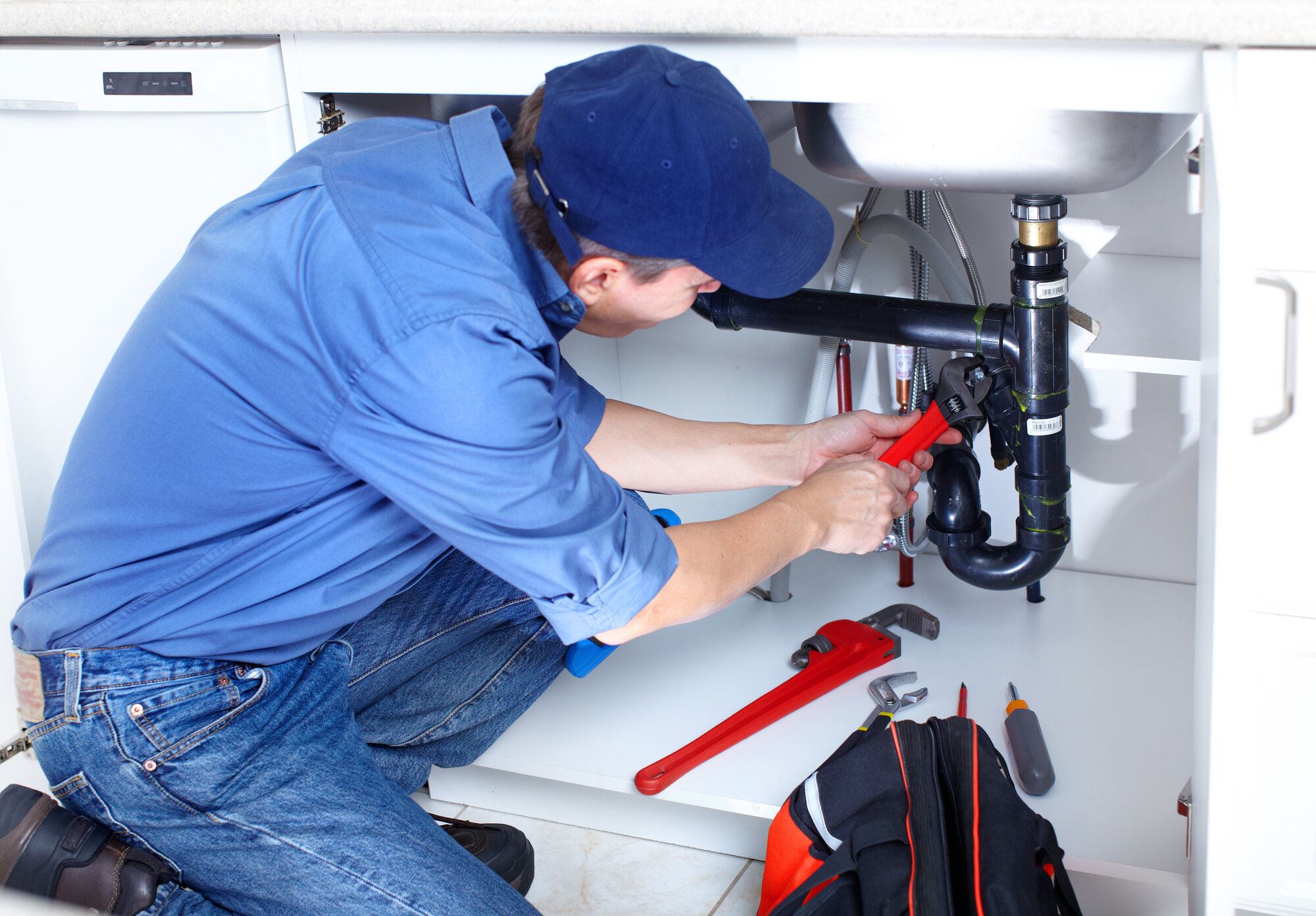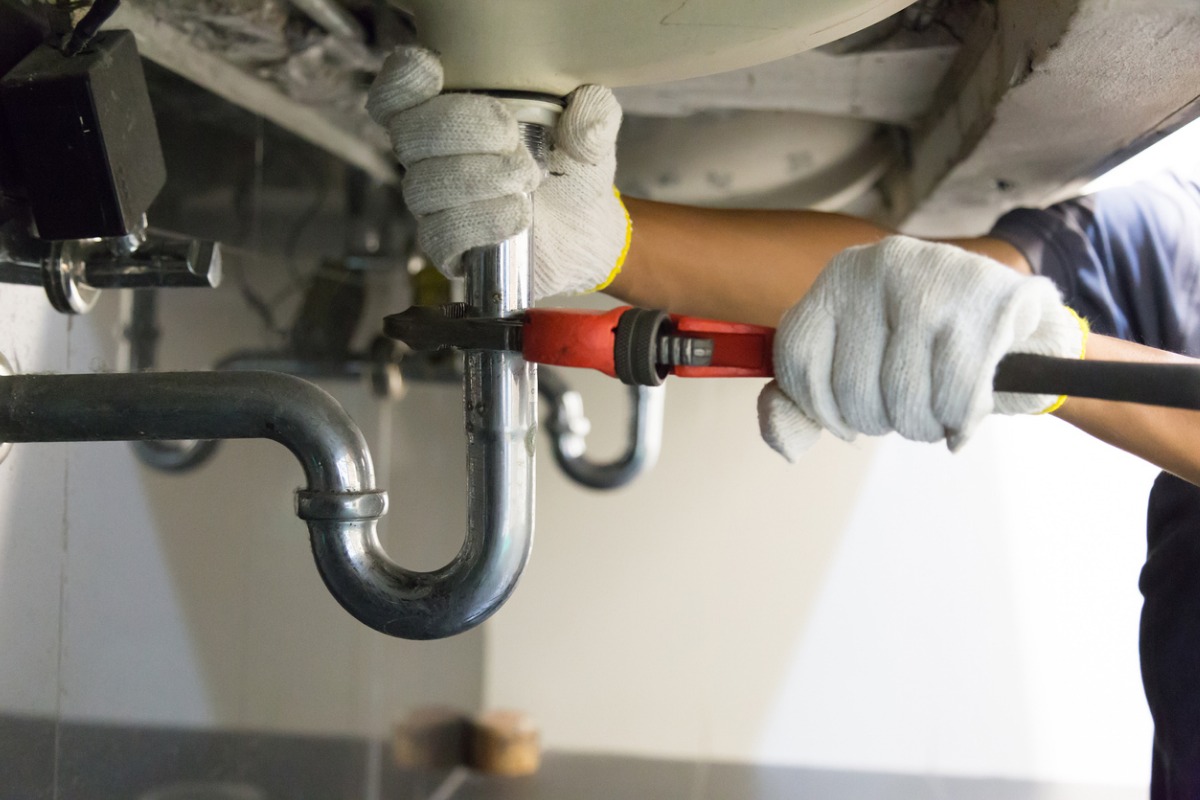A Step-by-Step Guide to Reliable Hot Water Heater Installment for Ideal Performance
Embarking on the task of setting up a hot water heater is a venture that requires precision and a methodical method for achieving optimum efficiency. The procedure starts with the vital decision of selecting the ideal heating unit tailored to the details requirements of your house, considering aspects such as dimension, energy, and kind source. As soon as chosen, preparing the installment area to satisfy security criteria is vital. The trip doesn't finish below. As you proceed, the details of linking water supply lines and establishing up reputable electric or gas connections wait for, promising insights into ensuring effectiveness and integrity.
Selecting the Right Hot Water Heater

Following, consider the size and capability of the water heating system. It's vital to analyze your family's warm water demands, which can vary based on the number of residents and their use patterns. A device that's also small may cause insufficient warm water, while an oversized model could lead to unnecessary energy consumption.
Effectiveness ratings additionally play a pivotal role in selection. Look for water heating units with high Energy Element (EF) scores, suggesting remarkable efficiency and reduced energy usage. Tankless versions, though generally much more expensive upfront, deal significant power financial savings with time as a result of their on-demand home heating abilities.
Preparing the Setup Area
Prior to installing a brand-new water heating unit, meticulous prep work of the installation area is important. It's critical to determine the space very carefully to accommodate the water heating unit's measurements, guaranteeing ample clearance around the device for reliable procedure and servicing.
Next, eliminate any kind of particles, dust, or obstructions from the site to produce a tidy setting. Check the floor for stability, as the hot water heater will certainly require a solid, level surface to operate successfully. If essential, install a drip pan underneath the device to capture potential leaks or spills, avoiding water damage to the surrounding area. In regions susceptible to seismic activity, think about setting up seismic bands to safeguard the heating system firmly in position.
Furthermore, guarantee that all necessary devices and products are on hand before commencing the installation. This consists of things such as wrenches, screwdrivers, a degree, and any type of additional equipment needed for installing and protecting the heater. A well-prepared setup location sets the structure for a successful water heater arrangement, enhancing performance and safety.
Connecting Water Lines
When connecting water lines to your recently installed hot water heater, it is crucial to ensure that all links are protected and leak-free to keep efficient procedure and prevent water damage. Begin by determining the cold and warm water lines. The chilly water inlet is generally noted with a blue label or a "C", while the warm water outlet is noted with a red label or an "H".
Usage versatile water heater adapters to facilitate an easier setup procedure. These ports can soak up vibration and enable small activity, minimizing the risk of leaks. Prior to attaching the ports, place a plumbing professional's tape around the threaded ends of the water heating unit's inlet and electrical outlet pipes - Drain Cleaning Alabaster AL. This tape works as a sealant, protecting against leaks. Very carefully connect the flexible pipes to the corresponding inlet and outlet, making sure that they are not over-tightened however tight, which can harm the threads.
When links remain in area, slowly transform on the main supply of water valve. Examine each connection for leaks by aesthetically really feeling and inspecting for dampness. Tighten up links as essential, and make certain the stress safety valve is appropriately mounted, safeguarding against extreme stress accumulation.
Establishing Electric or Gas Connections
Appropriately establishing the electrical or gas connections for your hot water heater is an important step to guarantee effective and safe operation. For electrical water heating systems, start by confirming that the electrical circuit is compatible with the heater's voltage and amperage needs. Make sure the power supply is shut off at the circuit breaker to stop crashes. Link the electrical wires to the heating system complying go to my site with the producer's wiring diagram. Typically, this entails linking the ground wire to the environment-friendly terminal, and the continuing to be cables to their equivalent terminals, protecting each with wire nuts.
For gas water heating units, safety is vital. Attach the gas line to the water heater making use of an adaptable gas connector, guaranteeing it is properly threaded and secured with pipe joint compound or Teflon tape appropriate for gas links.
Once connections are made, inspect for any kind of possible leaks. For gas lines, use a soapy water service to the joints; bubbles suggest a leakage. For electric connections, double-check that all wiring is safe and effectively insulated, maintaining compliance with regional electric codes.
Testing and Adjusting for Efficiency
With the electrical and gas links firmly in position, the following step is assessing the operational effectiveness of your water heating system. Begin by very carefully switching on the water and ensuring there are no leaks at any of the joints or valves. Once verified, continue to load the tank, focusing on the pressure and temperature level setups. It is recommended to set the thermostat to a suggested temperature level of around 120 ° F(49 ° C) to stabilize power efficiency and convenience.
Following, carry out an extensive assessment to guarantee the heating components or burner are working correctly. For electrical heating units, utilize a multimeter to validate if the aspects are attracting the appropriate existing. In gas designs, observe the heater flame; it should be consistent and blue, indicating reliable combustion.
Adjust the setups as necessary to remove ineffectiveness. Consider applying insulation procedures, such as adding a hot water heater blanket, to further improve performance by lessening warm loss. In addition, inspect the anode pole's condition, as a scrubby rod can lower effectiveness and cause storage tank corrosion.
Conclusion
Reliable water heating system installation is important for making sure optimum efficiency and power my sources financial savings. Firmly attaching water supply lines and thoroughly setting up electrical or gas links lessen possible issues.

Properly setting up the electrical or gas links for your water heating system is an essential step to make certain effective and risk-free procedure. For electrical water heating systems, begin by verifying that the electrical circuit is compatible with the heating unit's voltage and amperage demands. Attach the gas line to the water heating system using a flexible gas port, guaranteeing it is properly threaded and sealed with pipeline joint substance or Teflon tape suitable for check gas connections.